Cyclone Biparjoy made landfall on Thursday evening as a vast swath of western India and neighboring southern Pakistan braced for flash floods, heavy rain and high winds.
Rain pelted the shores and skies darkened along the Arabian Sea, while dust storms hampered evacuation and rescue work on land. Authorities expect conditions to worsen for two or three days as Biparjoy was expected to reach wind speeds gusting up to 140kmph (86mph) before slowing down in India’s Gujarat province.
In India’s Kutch district, near Jakhau port where the cyclone made landfall, authorities were expecting significant inundations of the area. In Pakistan, Keti Bandar in the country’s flood-ravaged southern Sindh province, also lies in Biparjoy’s path.
The bazaars and beaches in Mandvi, India, usually a bustling coastal town known for its wooden boat-makers, were deserted Thursday under government shutdown orders. Heavy winds and rains uprooted some trees in the area. Local media reported that a pregnant woman was brought from Shiyalbet island to shore and admitted to a hospital.
Amid dust storms and rain, displaced families were visibly shocked at relief camps in southern Pakistan. One of the evacuees, 82-year-old Bachai Bibi from Badin district in Sindh province, said “I don’t know what will happen to my home.”
Mohammad Ashraf, 35, said local officials helped him, his wife and three children escape from the Pakistani village of Sheikh in the storm zone.
The World Health Organization said it was supporting Pakistan’s efforts to deal with the impact of the cyclone. Pakistan’s government and local aid groups delivered free food and clean drinking water to displaced people.
Thousands of people in India were evacuated, bringing the total number of people brought to relief camps there to 100,000. In Pakistan, Lt. Gen. Inam Haider Malik, head of the National Disaster Management Authority, said 73,000 people have been evacuated to safer places so far, and authorities were providing them with shelter and food.
The agency said Thursday the cyclone was packing winds of up to 120 kph (about 75 mph) as it barreled toward Pakistan’s Sindh province, the site of one of historic deadly floods last summer. At least 1,739 people were killed and 33 million were displaced when flooding, partly induced by climate change, inundated the country, causing $30 billion in damage.
On Thursday morning, authorities said the storm had lost some of its intensity and was expected to have a maximum sustained wind speed of between 115 kph and 125 kph (71 mph to 78 mph), gusting up to 140 kph (87 mph), a slight decrease in predictions from a day earlier.
Gujarat in India was also experiencing heavy rainfall and strong winds. Indian authorities warned that the cyclone, classified as a “very severe cyclonic storm,” has the potential to inflict heavy damage.
A storm surge of two-to-three meters (two-to-three yards) above the astronomical tide is likely to inundate low-lying areas in the storm’s path. The tides could rise as high as six meters (more than six yards) in some places, the India’s Meteorological Department has said.
Gujarat Health Minister Rushikesh Patel told the Press Trust of India news agency that detailed preparations have been made “for post-cyclone work like restoration of electricity infrastructure, mobile networks and other infrastructure.”
The government said major religious sites in coastal Gujarat such as the Dwarkadhish temple in Devbhoomi Dwarka and Somnath temple in Gir Somnath district will remain closed Thursday. Indian railways said 76 trains have been canceled on account of the cyclone.
Because mobile networks would be among the first to be affected once a cyclone hits land, the Gujarat State Disaster Management Authority engaged six ham radio teams across the coastal districts to keep communications going.
“Ham radios don’t require any mobile towers, electricity or internet to make calls and we can communicate emergency requirements using the radios. They are really useful during disaster such as this,” Kausal Jani, a ham radio operator told PTI news agency.
During 2021’s Cyclone Tauktae, ham radios proved invaluable as large sections of coastal Gujarat was without electricity for six days.
Pakistani Prime Minister Shahbaz Sharif, tweeted on Wednesday that his government had taken all possible measures to ensure the safety of those at risk in southern Sindh province.
“Preparations have been made to handle any kind of emergency as a result of rains and strong winds in Karachi, while the evacuation of fishermen from the sea and the population on the coastal areas is going on rapidly,” he said.
Pakistani Climate Minister Sherry Rehman advised against panic and said Karachi, the country’s largest city with 20 million people, was safe and would not be where the cyclone makes landfall, as was feared earlier.
Pakistan has so far not asked for assistance from the United Nations, which said it was monitoring the situation. Local charities and aid agencies in both India and Pakistan were also helping.
Noala Skinner, UNICEF’s regional director for South Asia, said late Thursday that more than 625,000 children were at immediate risk in Sidh as the cyclone made landfall.
“In Pakistan, Cyclone Biparjoy threatens a new crisis for children and families in Sindh, the province worst affected by last year’s devastating floods,” she said.
Experts say climate change is leading to an increase in cyclones in the Arabian Sea region, making preparations for natural disasters all the more urgent. Pakistan is among the top 10 countries most affected by climate change, although the country’s contribution to global greenhouse gas emissions is less than 1%.
A 2021 study found that the frequency, duration and intensity of cyclones in the Arabian Sea had increased significantly between 1982 and 2019.
In 1998, a cyclone that hit Gujarat state claimed more than 1,000 lives and caused excessive damage. A cyclone that hit Sindh province and the city of Karachi in 1965 killed more than 10,000 people.
-AP

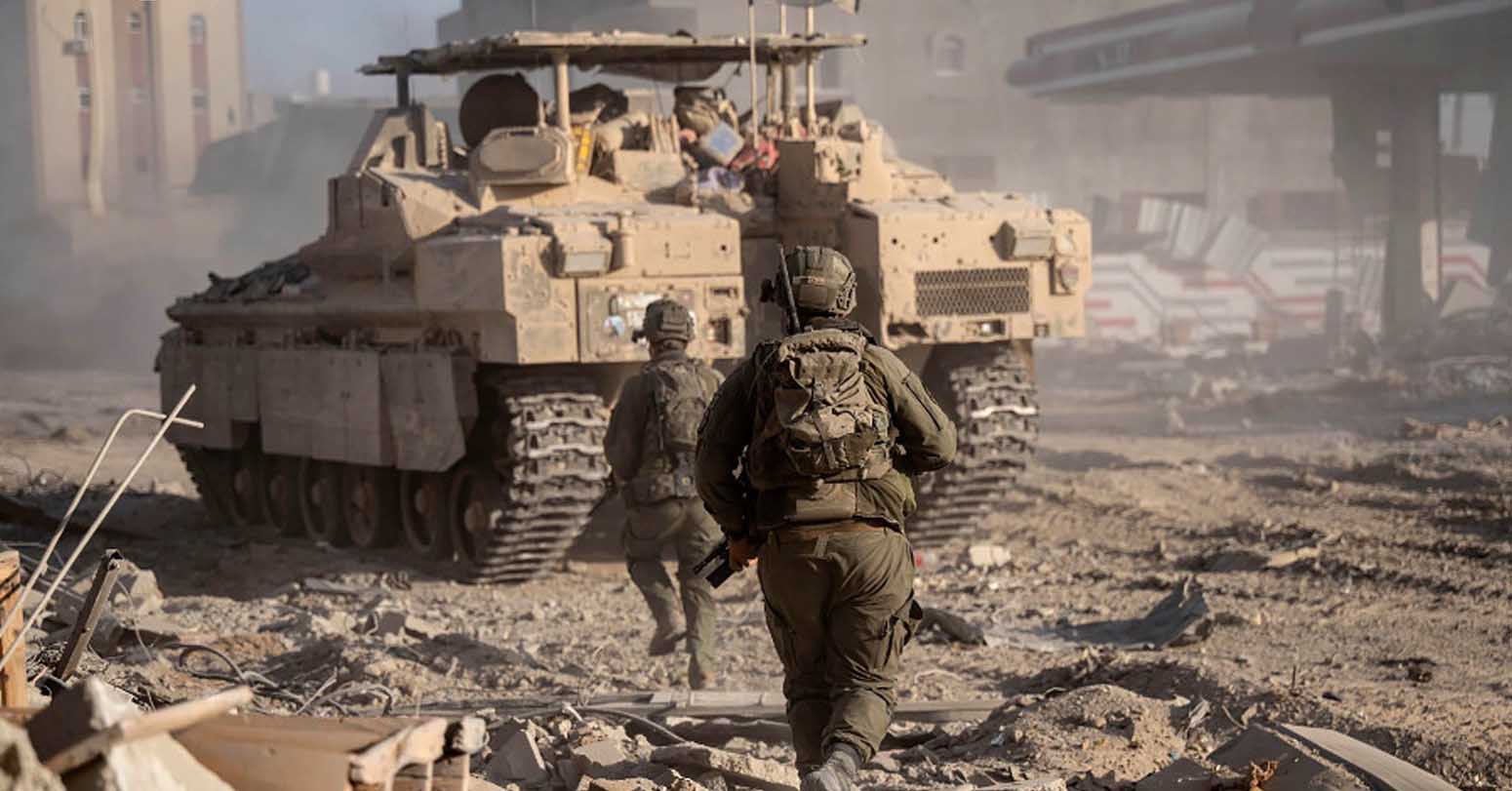




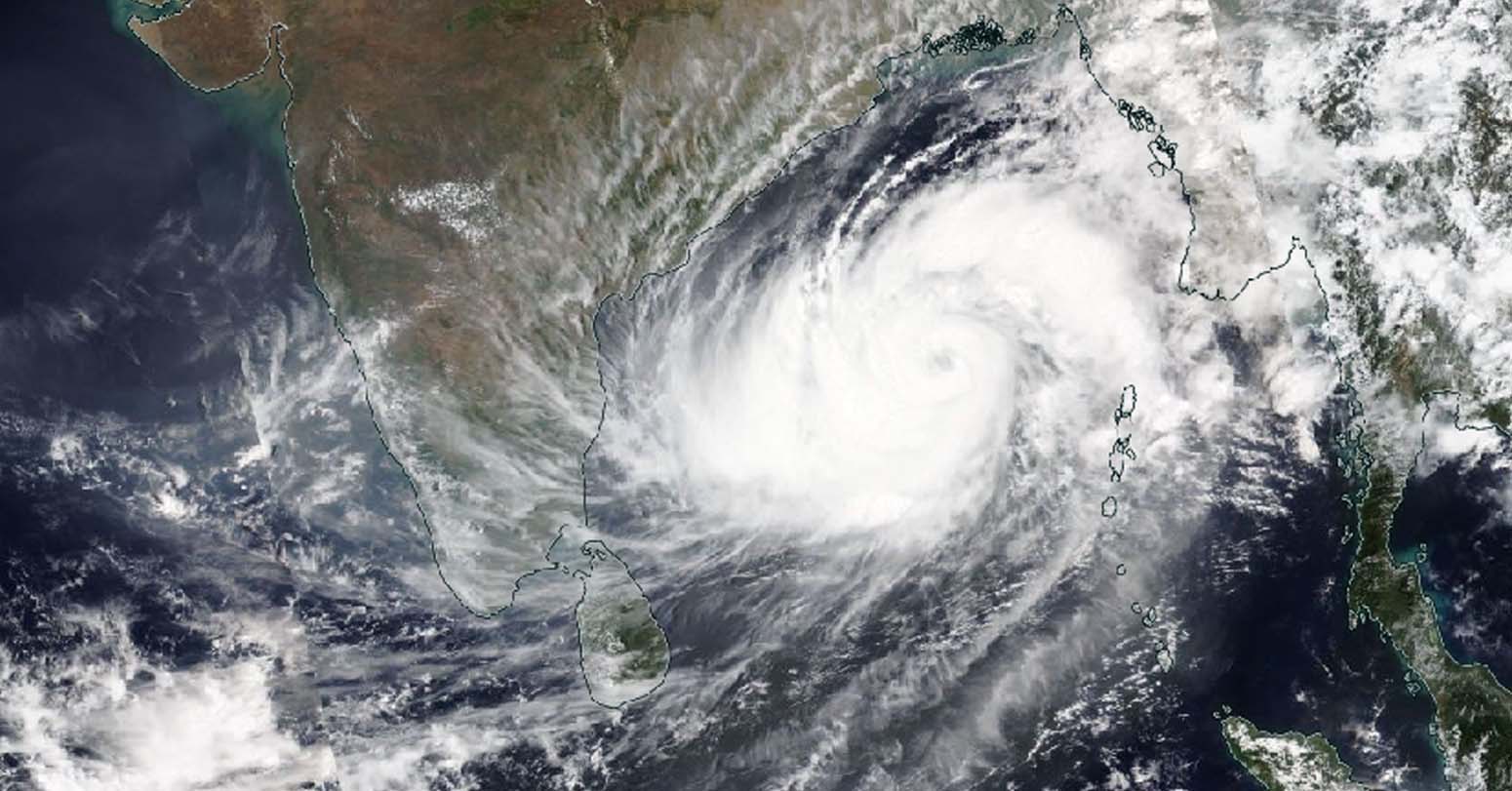
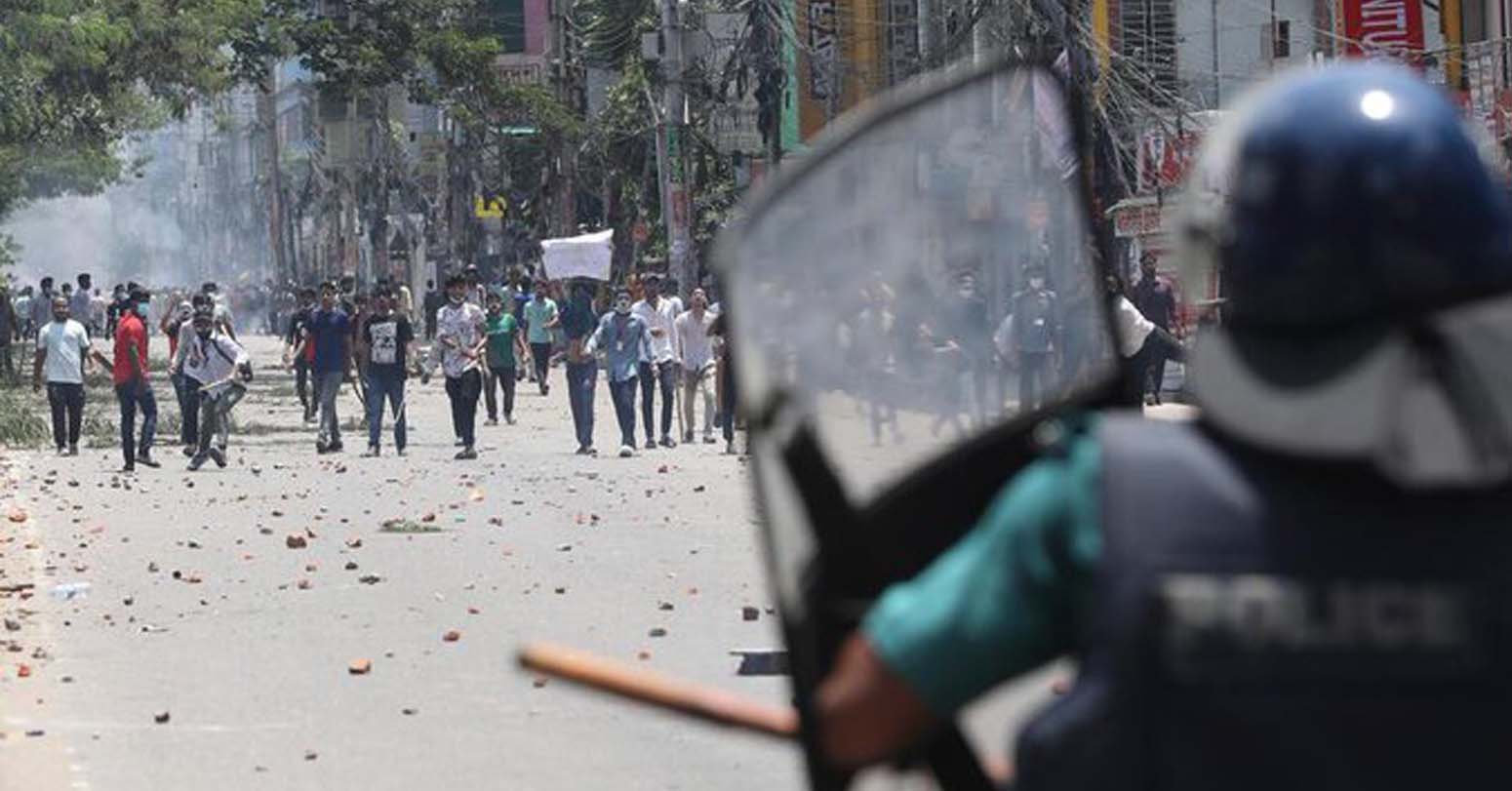


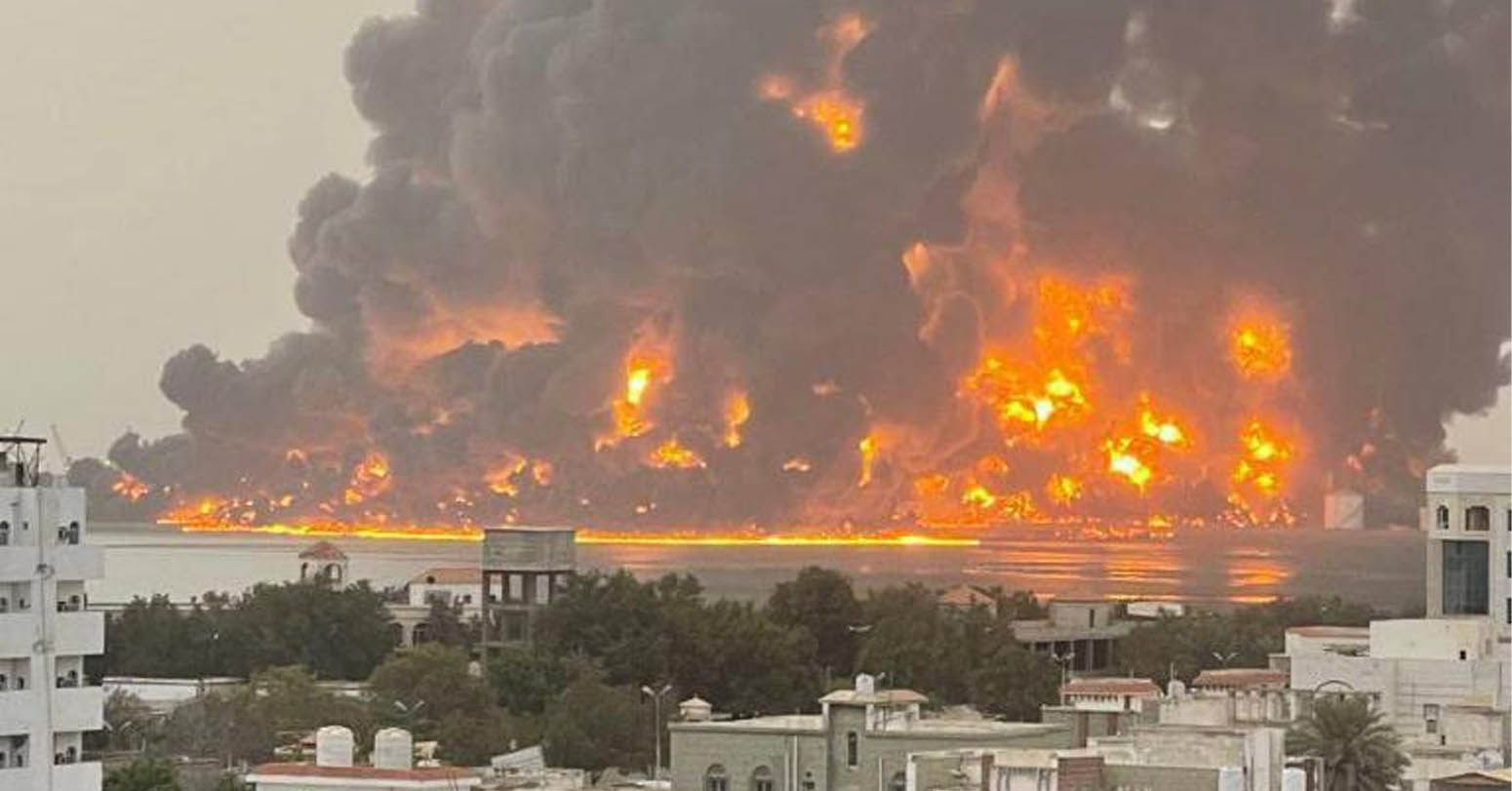


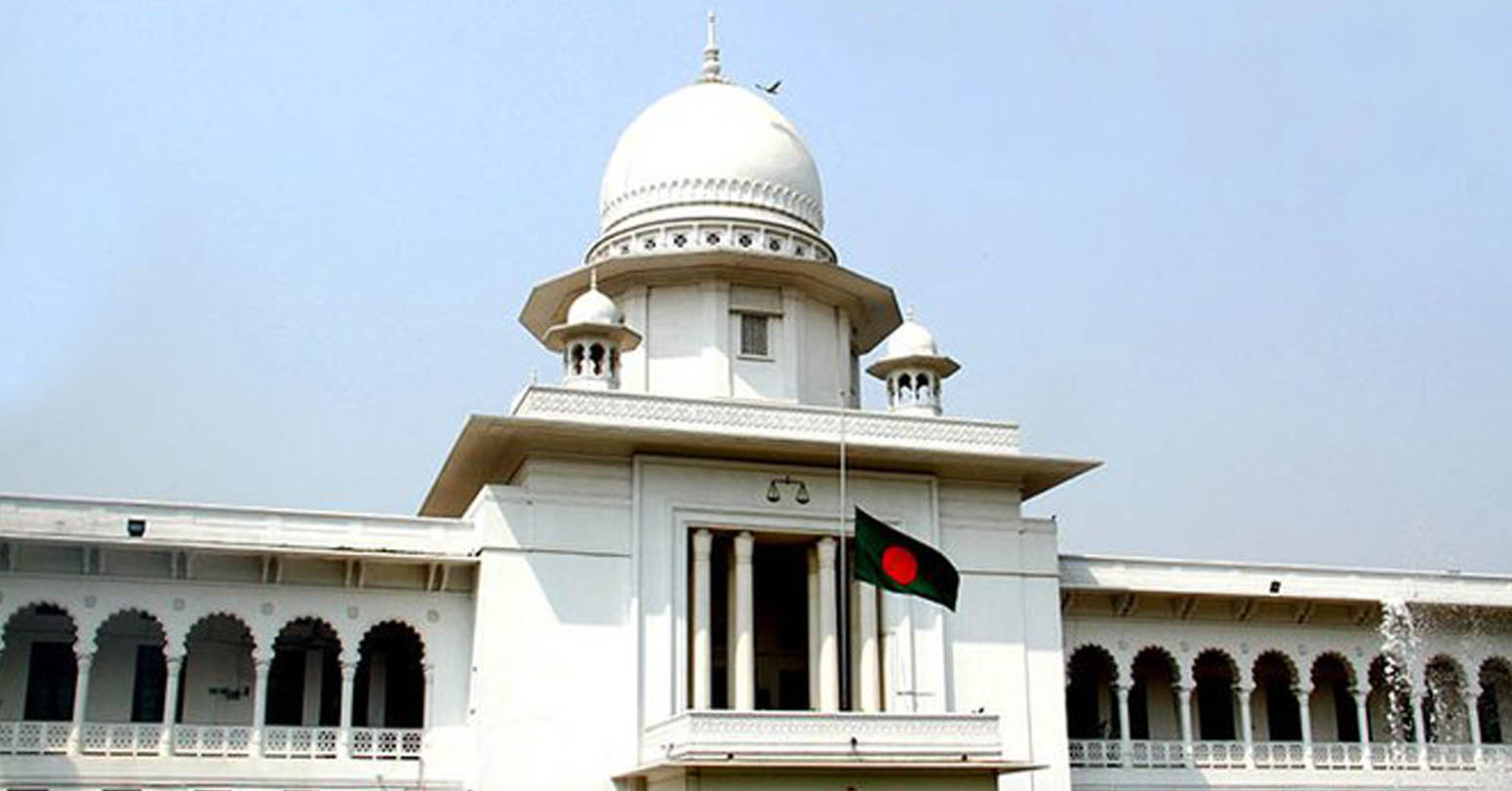
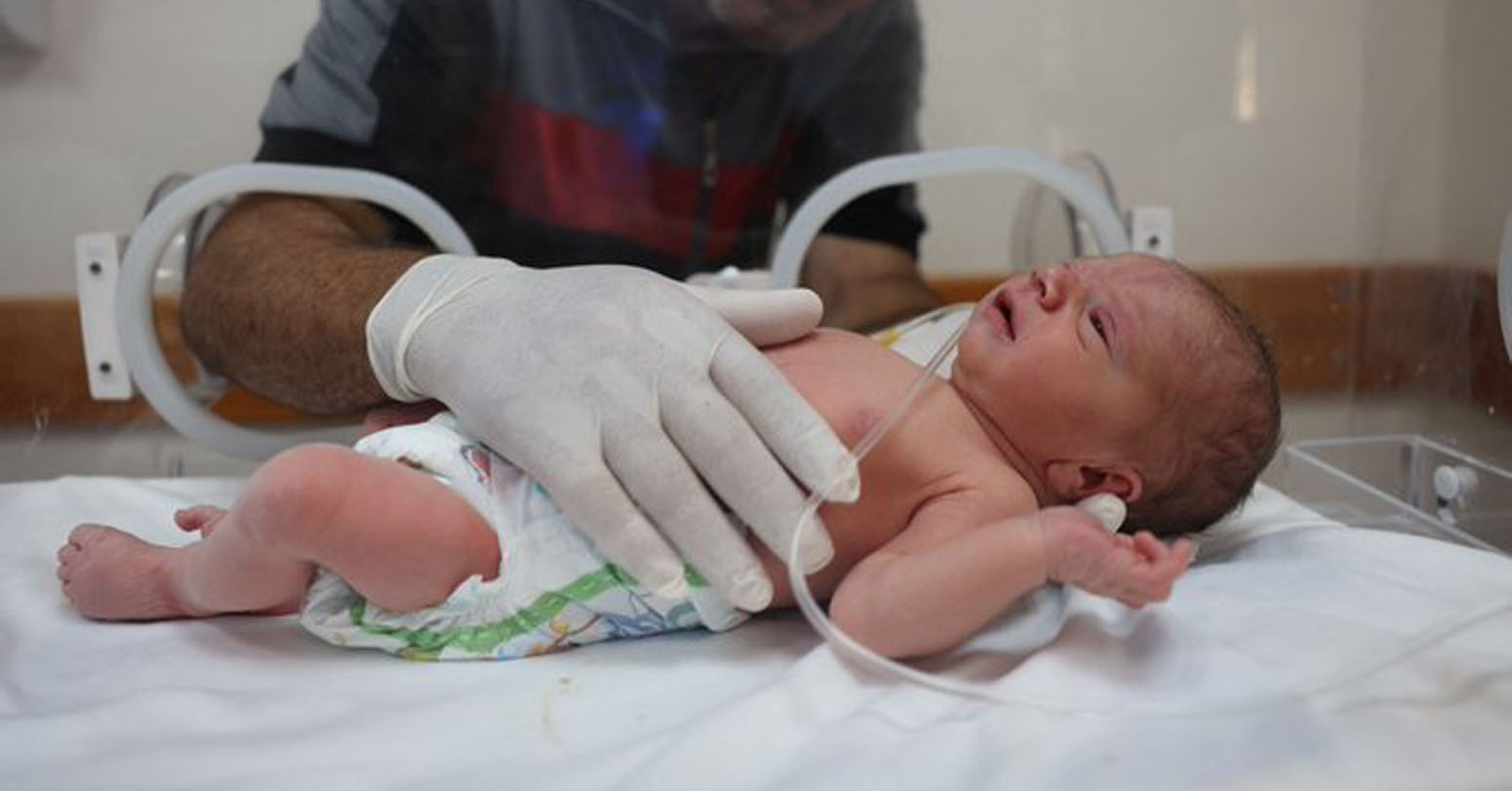
Comprehensive Data Protection Law Critically
Gender Differences In Mental Healthcare
Messi Wins Best FIFA Men’s
Erosion of Democracy
Fly Dubai Catches Fire in
“Complexities of the South Asian